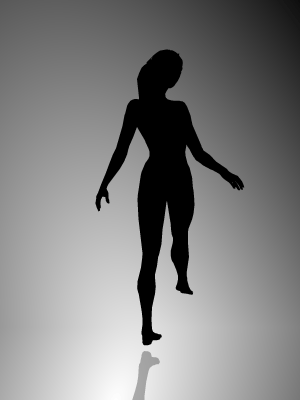Psychologische krachten en begrippen: de hersenhelftenNaast de verdeling in drie evolutionaire, hiërarchische, lagen, is er nog een tweede globale deling in de hersenen: de tweedeling tussen linker en rechter hersenhelft die ieder nogal specifieke functies verrichten - voor een al wat ouder fenomeen ervan, zie onderstaande illustratie:
Nieuwere onderzoeksmethoden geven steeds meer detailinformatie: (BBC News website, 07-02-2005):
De laatste suggestie is inmiddels bevestigd door ander onderzoek, zie hier Er zijn ook duidelijke verschillen in capaciteiten (BBC News website, 06-12-2006):
Natuurlijk kan dit niet het gehele verhaal zijn, want anders zou de natuur alle mensen linkshandig hebben gemaakt. Een mogelijke verklaring is dat in een rechtshandige omgeving, van nature linkshandigen gedwongen worden een aantal zaken op de rechtshandige manier te doen, en dus automatisch meer getraind worden in het gebruik van beide hersenhelften:
Voor een test van in welk van de twee uw voorkeur ligt, zie deze (Herald Sun, 09-10-2007)
Deze redactie is uitermate slecht in het wisselen van oriëntatie. Nederlands werk (de Volkskrant, 19-10-2007, door Ranne Hovius):
Wat zo is, omdat in verschillende situaties de ene of de andere aanpak voordeliger is. De oriëntatie van hersenhelften spiegelt zich ook in voorkeuren (de Volkskrant, 13-08-2009, door Malou van Hintum):
Noot in 2021: een vorm van "overspraak' tussen systemen die verklaarbaar is door het gemeenschappelijke gebruik van dezelfde neurotransmitters: meer gebruik van links betekent meer stimulerende neurotranssitter (dopamine) voor links, wat ook leidt tot meer stimulans voor alles dat aan de linkerkant verwerkt wordt. Naar Psychologische krachten |

